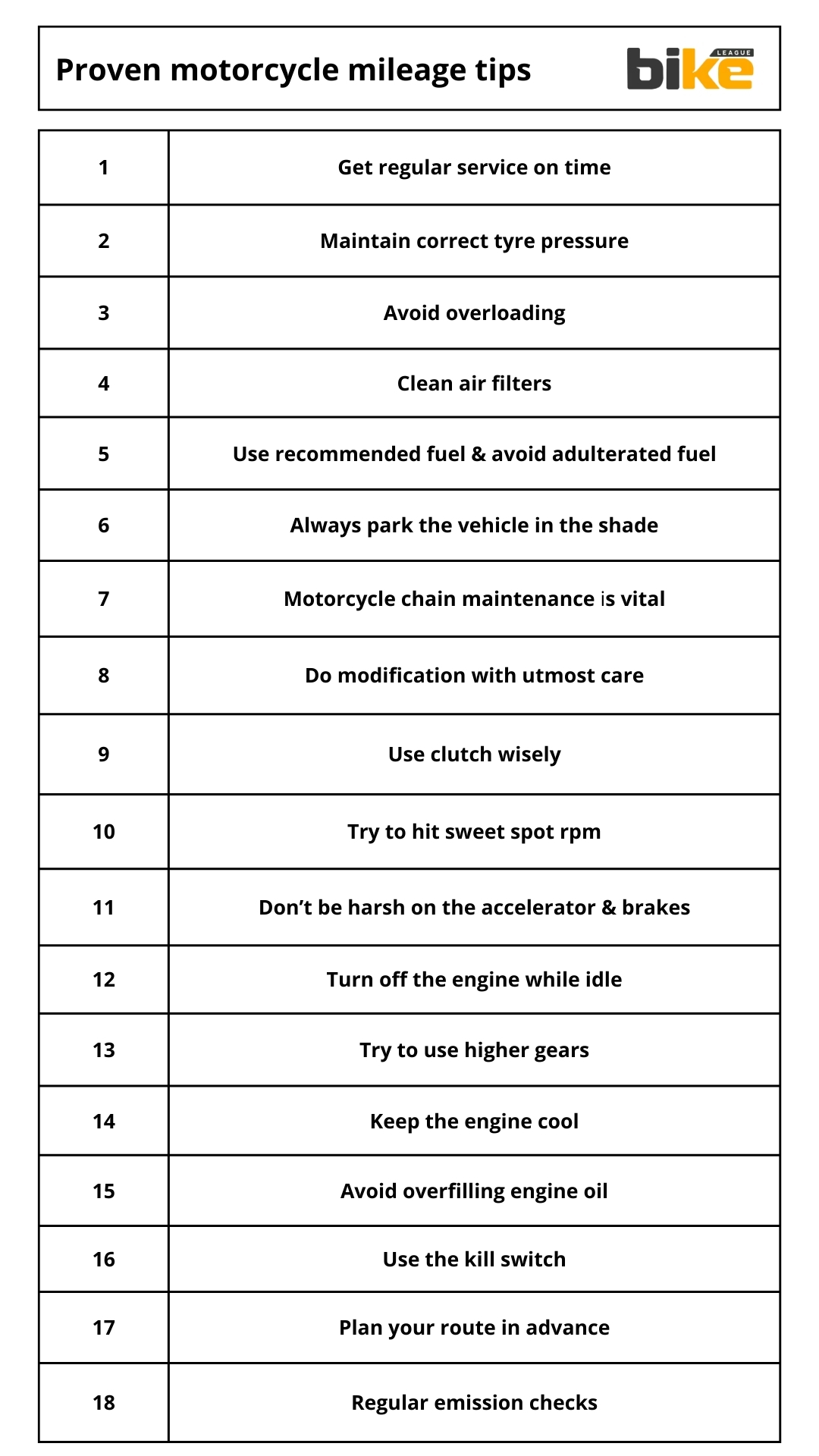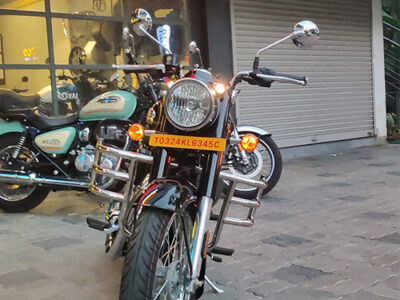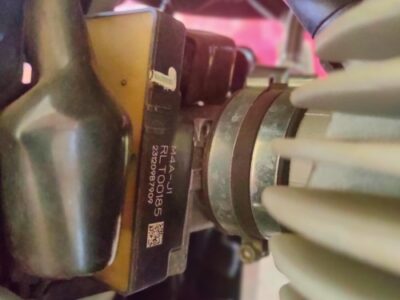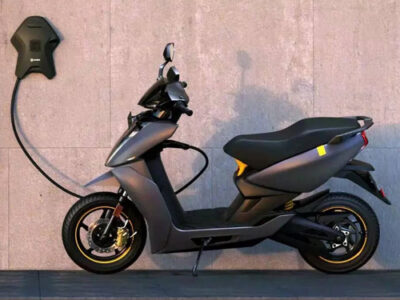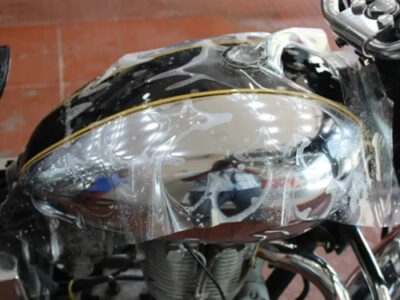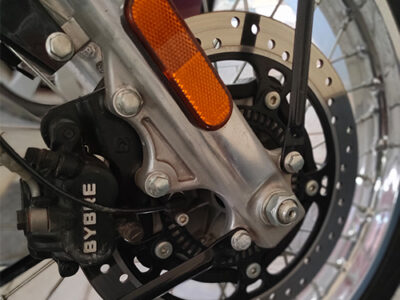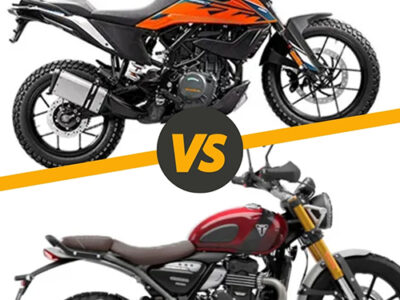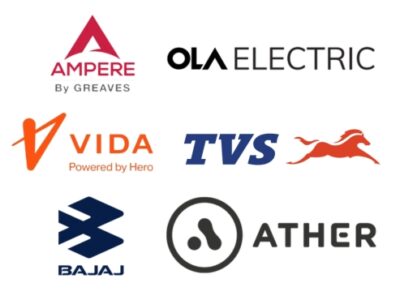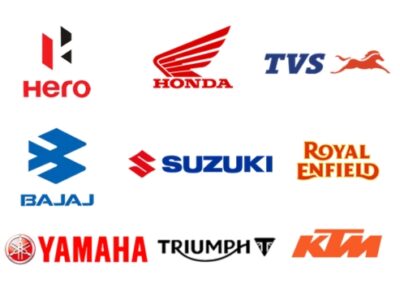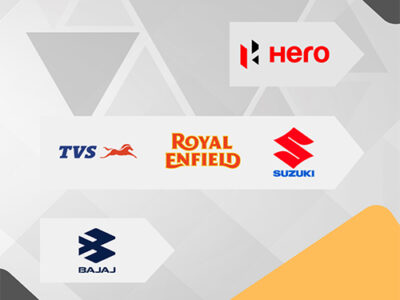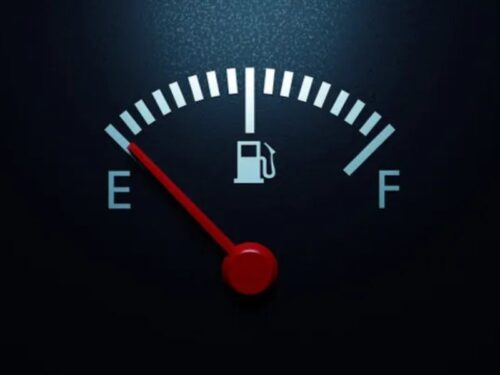
|
Getting your Trinity Audio player ready...
|
Long story short – Timely servicing of the motorcycle is the vital thing to do as far as to improve mileage figures. This comprehensive guide will provide you with the best bike mileage tips. These tips helps you to increase your bike mileage .
Surging petrol prices
With petrol prices soaring month by month and even exceeding the Rs 100 mark, we, as two-wheeler customers, need to ramp up our motorcycles’ mileage figures, don’t we? Everyone owns a two-wheeler to get things done fast and keep daily fuel expenses in check. So, what are the proven ways to save each drop of fuel? We will list the best methods by considering feedback and user experience from long-term users. Let’s detail each of these proven tips one by one.
Key Takeaways
- Ensure timely servicing, maintain correct tire pressure, clean air filters, and use recommended fuel to enhance fuel efficiency.
- Avoid overloading, use higher gears, avoid harsh acceleration and braking, and turn off the engine during idling to save fuel.
- Riding styles in India significantly impact fuel efficiency, with smoother, well-managed riding enhancing it, while aggressive and poorly adapted riding reduces it.
- Riding styles in India impact motorcycle fuel efficiency through factors like riding smoothness, throttle and gear management, speed, road conditions, traffic awareness, climate adaptation, and eco-driving techniques.
- To calculate motorcycle mileage, either use the Full-tank-to-full-tank method by refilling the tank and dividing the distance by the fuel added, or the Bottle method by using a known fuel amount, riding until empty, and dividing the distance by the fuel used.
Proven bike/motorcycle mileage tips to save fuel
1. Get regular service on time – the crucial fuel economy tip
General service is the most important thing to do, as the engine oil and air filter must be changed and cleaned on time. Also, the initial 1000 km of the two-wheeler is vital and needs utmost care. Always complete all recommended free and paid services and continue servicing at the same intervals even after the warranty period.
2. Maintain correct tyre pressure
Tyre pressure monitoring every month if you are filling nitrogen in tyres. If the air is in place of nitrogen, weekly monitoring is necessary. Nitrogen is the best for tubeless tyres, while air works well for tube tyres. Among tube and tubeless tyres, the latter is the best. Always follow manufacturer-mentioned tyre pressure figures. Nitrogen is recommended for tyres with a longer life as it does not heat the air inside the tyre. Also, filling nitrogen in tube tyres is irrelevant and offers an added advantage.
3. Avoid Overloading
Minimising the bike’s load can help improve mileage. Overloading the bike increases the engine’s workload, leading to higher fuel consumption.
4. Clean Air Filters
Keeping the air filter clean ensures that the engine receives the right amount of air for combustion, which is essential for fuel efficiency. A clogged air filter can reduce mileage.
5. Use Recommended Fuel and Avoid Adulterated Fuel
Stick to the recommended fuel type for your bike and avoid using adulterated fuel. Adulterated fuel can damage the engine and reduce fuel efficiency.
6. Always park the vehicle in the shade
They keep motorcycles under sunlight for prolonged hours, resulting in some fuel evaporation. It’s not a crucial factor, yet every drop is precious. But nowadays, companies are coming up with solutions to this issue by changing the fuel tank’s materials.
7. Motorcycle chain maintenance & tension adjustment is vital
Regular lubing and chain slack must be checked according to your area, depending on environmental conditions. Lubing is needed more frequently in dusty and urban situations. Also, chain slack should be tight enough because it affects power delivery from the engine to the rear wheel.
8. Do modification with utmost care
Custom motorcycle accessories like silencers, air filters, and extra-wide tyres impact mileage. Before modifying, check with the dealer. Try to use manufacturer-approved accessories as much as possible.
9. Use clutch wisely
Do not keep the clutch lever pressed while driving. Try to minimise clutch use as much as possible. Tight clutch settings are far more suitable for the vehicle than a loose clutch. Clutch use is higher in cities than on highways, affecting mileage directly.
10. Try to hit sweet spot rpm
Every engine has a sweet spot rpm range that maximises fuel efficiency and a lower load. Try to hit that range and ride in it. Most of the best mileage bikes have markings on the tachometer to assist the rider. Fuel efficiency is usually between 40-60km/l in most bikes but varies when the displacement of the engine changes.
11. Don’t be harsh on the accelerator and brakes
Excessive acceleration and hard braking seriously affect mileage figures. So calm and disciplined riding is the way to avoid huge holes in the wallet. Also, opt for routes with less traffic, even if the route is lengthy.
12. Turn off the engine while idle
Turn off the engine whenever possible in traffic signals, roadblocks, etc. Keep in mind that the engine needs fuel even when it is idling.
13. Try to use higher gears
Try to reach and maintain fourth and above gears and avoid riding with a higher gear at low speed. The correct gear at the right speed is vital. Avoid roads with high traffic and opt for good roads with less traffic.
14. Keep the engine Cool
Do not cover the engine in the front and sides, as this may restrict the smooth airflow required for air cooling, causing the engine to run at a higher temperature and consume more fuel.
15. Avoid Overfilling Engine Oil
Follow the recommended engine oil replacement schedule per the owner’s manual and avoid overfilling, as excess oil can lead to increased friction and reduced fuel efficiency.
16. Use the Kill Switch
Using the kill switch to turn off the engine during short stops can help save fuel and improve overall mileage.
17. Plan Your route in advance
Strategically planning your route to avoid traffic and poor road conditions can help maintain a steady speed and reduce fuel consumption.
18. Regular Emission Checks
Getting the emission level certified once every three months can help ensure that your bike is running efficiently and not consuming excess fuel due to emission-related issues.
Myths related to fuel efficiency in motorcycles
1. Filling up fuel in the morning or colder environments prevents fuel evaporation
Myth number one and the biggest one. Fuel is continuously pumped from underground storage tanks insulated from gas stations’ temperature fluctuations.
2. Premium fuel makes your non-premium motorcycle run better
Premium fuel is generally less combustible, which benefits powerful performance engines. It will benefit only some vehicles as all fuel types must meet the same standards.
3. As a motorcycle age, its fuel economy decreases significantly
What is relevant here is how we maintain and service the bike. Even 5-10-year-old motorcycles still have superior mileage figures.
4. It takes more fuel to start a two-wheeler than it does to let it idle.
Not applicable to modern and fuel-injected engines. For other sorts of engines, too, idling draws more fuel.
5. A full tank fuel nearly full prevents fuel evaporation
It’s the biggest joke of recent times.
6. Driving in lower gears improves fuel efficiency
Driving in lower gears can actually decrease fuel efficiency. Lower gears consume more fuel than higher gears, so staying in the highest gear possible is best without lugging the engine.
7. Riding with a pillion passenger always decreases fuel efficiency
The impact of riding with a pillion passengers on fuel efficiency depends on the passenger’s weight and the type of two-wheeler. In some cases, the extra weight may not significantly affect fuel efficiency.
8. Adding fuel additives improves fuel efficiency
Most fuel additives do not improve fuel efficiency. In fact, some additives may damage the engine or void the warranty.
9. Riding in neutral when coasting saves fuel
Riding in neutral when coasting does not save fuel. In fact, it can be dangerous as it takes away your engine braking ability. Staying in gear when coasting is best to maintain control and allow the engine to slow you down.
How do different riding styles specifically affect fuel efficiency in motorcycles in India?
Different riding styles significantly impact fuel efficiency in motorcycles in India, influenced by various factors unique to the country’s road conditions, traffic patterns, and climate. Let’s explore how specific riding styles affect fuel consumption in the Indian context:
1. Aggressive vs. Smooth Riding
Aggressive riding in urban India, marked by rapid acceleration and hard braking, significantly reduces fuel efficiency. This style forces the engine to work harder, wasting fuel. On the other hand, smooth riding—characterised by gradual acceleration and maintaining a steady speed—improves fuel efficiency. The frequent stops and starts caused by traffic congestion make aggressive riding even more inefficient. Additionally, road designs like roundabouts and traffic signals impact fuel consumption. Therefore, adopting a smoother riding style can save city fuel.
2. Throttle and Gear Management
Proper throttle and gear management is essential for fuel efficiency in India’s varied riding conditions. Avoid using large throttle openings at low revs and small openings at high revs; instead, aim for mid-throttle openings with the right gear and RPMs. In Indian traffic, where speed changes are frequent, using higher gears at lower RPMs can enhance fuel efficiency by easing the engine’s workload. This approach works best on highways or less congested roads where you can maintain a steady speed.
3. Speed and Aerodynamics
Higher speeds increase air resistance, which requires more fuel to maintain speed. In India, where many roads have speed limits and traffic often moves at moderate speeds, maintaining a consistent speed can significantly improve fuel efficiency. Adopting a streamlined posture and minimising drag by avoiding unnecessary accessories can further enhance fuel economy.
4. Adapting to Road Conditions
India’s road conditions vary greatly, from well-maintained highways to rough, potholed streets. Adapting riding style to these conditions is crucial for fuel efficiency. On roads with surface irregularities, maintaining a steady speed becomes challenging. These irregularities can lead to increased fuel consumption due to the need for frequent acceleration and deceleration. Riders who can anticipate and smoothly navigate these road conditions will achieve better fuel efficiency.
5. Traffic-Aware Riding
A traffic-aware riding style can significantly impact fuel efficiency in India’s often congested traffic, especially in urban areas. This involves:
- Anticipating traffic flow to minimise unnecessary braking and acceleration
- Avoiding excessive idling in heavy traffic by turning off the engine during prolonged stops
- Choosing routes with less stop-and-go traffic when possible
Studies have shown that real-world riding conditions in India often lead to higher fuel consumption than standardised test cycles. This highlights the importance of adapting riding styles to traffic conditions for better fuel efficiency.
6. Climate-Conscious Riding
India’s hot climate affects fuel efficiency due to the increased need for engine cooling. Riders adapt their riding style by avoiding prolonged idling in heat, which can help conserve fuel. During monsoon seasons, rainfall can drastically increase travel time and affect road conditions. In Greater Mumbai, travel time can rise by 8-140% during rain, leading to higher fuel consumption from slower speeds and more idling.
7. Eco-Driving Techniques
Adopting eco-driving techniques can lead to significant improvements in fuel efficiency. These techniques include:
- Maintaining a steady speed
- Avoiding rapid acceleration and braking
- Using engine braking instead of the brakes when slowing down
- Planning ahead to avoid unnecessary stops
How to calculate motorcycle mileage?
There are two main methods for calculating motorcycle mileage:
1. Full-tank-to-full-tank method
This is the most common and accurate method for calculating motorcycle mileage. To use this method, you will need to:
- Fill your motorcycle’s fuel tank to the brim.
- Reset your trip meter to zero.
- Ride your motorcycle for a specified distance, such as 100 kilometres or miles.
- Fill your motorcycle’s fuel tank to the brim again.
- Note the amount of fuel you added to the tank.
- Divide the distance you travelled by the fuel you added to the tank.
For example, suppose you rode your motorcycle for 100 kilometres and added 5 litres of fuel to the tank. In that case, your motorcycle’s mileage is 20 kilometres per litre (km/L) or 50 miles per gallon (MPG).
2. Bottle method
The bottle method is less accurate for calculating motorcycle mileage but more straightforward. To use this method, you will need to:
- Attach a clear bottle to your motorcycle’s carburettor.
- Fill the bottle with a known amount of fuel, such as 1 litre or 1 quart.
- Set your trip meter to zero.
- Ride your motorcycle until the bottle is empty.
- Note the distance you travelled.
- Divide the distance you travelled by the fuel you used.
For example, suppose you rode your motorcycle for 50 kilometres and used 1 litre of fuel. In that case, your motorcycle’s mileage is 50 kilometres per litre (km/L).
FAQ about motorcycle mileage in India
1. Which motorcycle is best for mileage?
Commuter bikes or low-level displacement motorcycles in the category of 100-125cc provide the most mileage.
2. Which motorcycle gives more mileage?
Commuter bikes or low-level displacement motorcycles in the category of 100-125cc provide the most mileage.
Other related articles from Bikeleague India Team
- Must have bike documents for travel in India
- Defensive driving for bikers in India – The Ultimate guide
- Electric scooter maintenance – Top tips for longevity
- Braking in motorcycle – All expert tips for bikers
- BMW G 310 RR
Conclusion
We hope this article details all the tips for increasing two-wheeler/ motorcycle mileage in India. If you have any other doubts or queries, email us at bikeleague2017@gmail.com or share your doubts or opinions in the comments section below. We are always eager to help and assist you. Also, here are several social media platforms of Bikeleague India to raise your suspicions.

